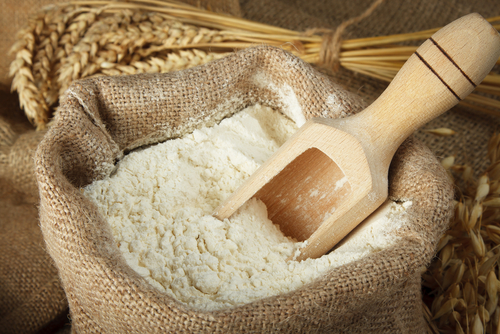
For many people, going gluten-free is one of the best decisions they will ever make. This is true for anyone who has been suffering with celiac disease or gluten intolerance without realizing it. While both these conditions are different (largely in terms of severity), they both cause issues with digestion and absorption of nutrients.
This means you can find yourself with an upset stomach, low energy, and all of the symptoms that can come from nutrient deficiencies (bad skin, bad nails, poor hair etc.). The problem is that so many of us go on without realizing that we are suffering from this condition. Therefore, we don’t know quite why we feel so rubbish. It’s only when we then switch to gluten-free, that we suddenly feel amazing again!
Even if you don’t suffer from a gluten intolerance or related condition, switching to a gluten-free diet has many other advantages. It forces you to be adventurous and to keep trying new things, it helps you to lose weight, and it ensures you eat a more nutrient-rich diet. Some people claim it helps their digestion too, even when they didn’t have a recognized problem, to begin with. That’s why anyone can benefit from going gluten-free and why you should definitely learn to make gluten-free bread.
And with that in mind, here are ten tips to help you do just that…
1. Don’t Scoop The Flour
There are lots of different gluten-free flour alternatives, which we are going to get to later on. But whatever you choose to use, you’re going to find that your alternatives work a little bit differently than your regular flour. This can then lead to a host of issues, seeing as you’ll be used to working with something that behaves very differently.
One of the most common issues when it comes to switching to gluten-free flour for instance is scooping. You might happily be scooping your flour out the bag using the measuring cup, but what you don’t realize is that this can actually compress the flour and cause it to take up less space. That’s not necessarily a terrible thing in itself… until you realize that it’s compressing it up to 25%! Now your measurements are going to be way out, which means that your bread might not come out the way you were expecting.
So how do you get the stuff out and into the bowl? One option is to simply pour the bag indirectly. Another is to use the flat side of a knife.